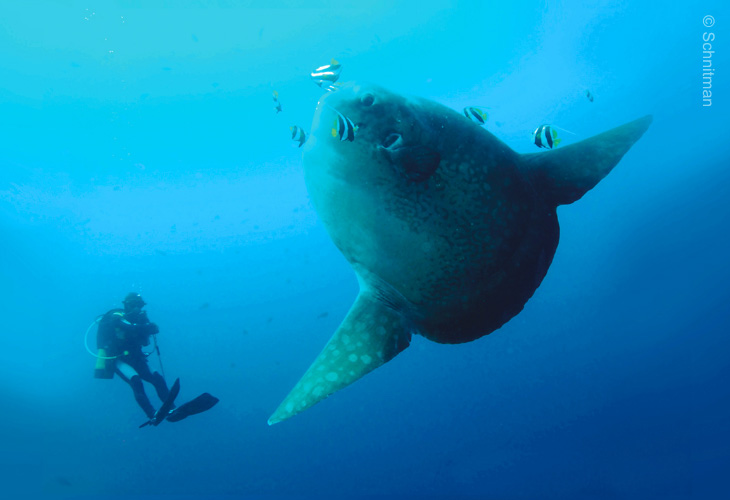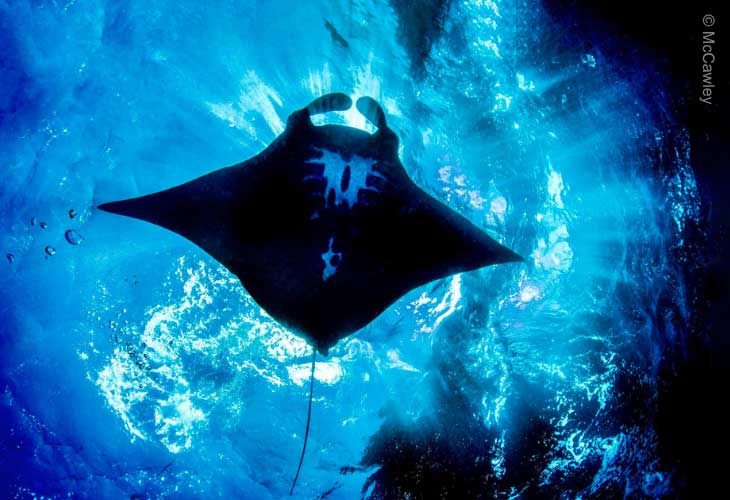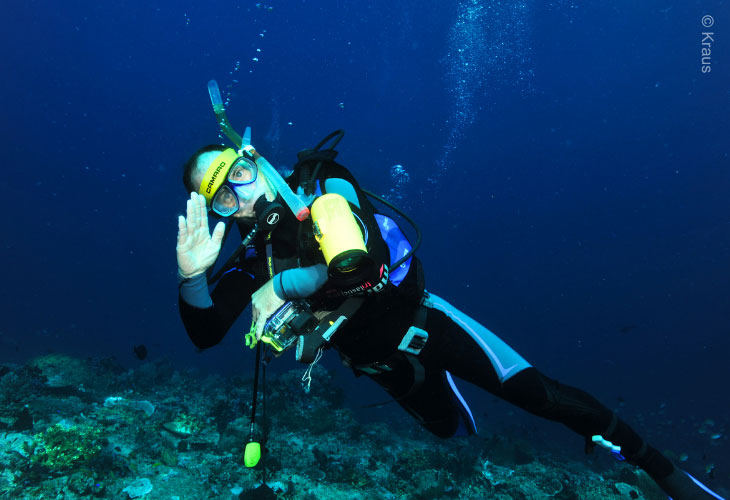Discovering the Mola-Mola and Manta Dive Site
If you’re planning a diving trip to Bali and hoping to witness both the Mola-Mola (Ocean Sunfish) and the magnificent manta rays, this is the dive site you can’t miss. The combination of rare pelagic sightings, vibrant reef diving, and Bali’s stunning underwater scenery makes this one of the island’s most bucket-list experiences.
📅 Best Season to Dive with Mola-Mola and Manta Rays
Mola-Mola (Ocean Sunfish): Best spotted between July and mid-November, when they rise from the deep for cleaning.
Manta Rays: These graceful giants can be found all year round, especially around Nusa Penida.
📍 Top Dive Locations
– Crystal Bay & Blue Corner – great for spotting both Mola-Mola and thrilling drift dives.
– Batu Abah (Vertigo Point) – often attracts pelagic species, with dramatic underwater landscapes.
– Manta Point I & II – year-round manta encounters at cleaning stations.
– Toyapakeh – coral reefs with occasional pelagic sightings.
– Malibu Point – relaxed drift dives with schools of fish and occasional sunfish.

🌟 Why Divers Love This Site
Unforgettable Encounters – rare chance to see Mola-Mola and manta rays in one trip.
Varied Dive Experiences – cleaning stations, drift dives, and reef exploration in one outing.
Conservation Focus – AquaMarine offers the PADI Manta Ray Awareness Speciality, deepening diver knowledge about manta biology and sustainable practices.
✅ Codes of Conduct for Divers
To ensure safe and respectful encounters, divers are expected to follow clear guidelines. When approaching Mola-Mola, it is vital not to chase, touch, or block their path. Divers should keep a respectful distance, maintain proper buoyancy control, and allow the fish to settle naturally at cleaning stations. Similarly, manta rays should be approached calmly, without the use of sudden flashes or disruptive movements.
Before beginning your Mola-Mola & Manta dive in Bali, it’s essential to follow AquaMarine’s Code of Conduct to protect these gentle giants. The Ocean Sunfish rely on cleaning stations where reef fish remove parasites critical to their health. By keeping a respectful distance and avoiding disturbance, divers allow the Mola-Mola to settle for longer periods, resulting in healthier fish and far more rewarding encounters, with extended opportunities to observe their natural behaviour.

🌏 Why This Dive Belongs on Your Bucket List
The Mola-Mola & Manta dive site in Bali is a dream come true for underwater enthusiasts. With the right timing, guidance, and respect for the ocean, you’ll experience one of the most awe-inspiring marine encounters in the world.
✨ Pro Tip: Book your dives with experienced operators who prioritise conservation and safety. This way, you’ll not only get the best chance to see these giants but also help protect Bali’s fragile marine ecosystem.
Click below for more Bali Diving Information:







